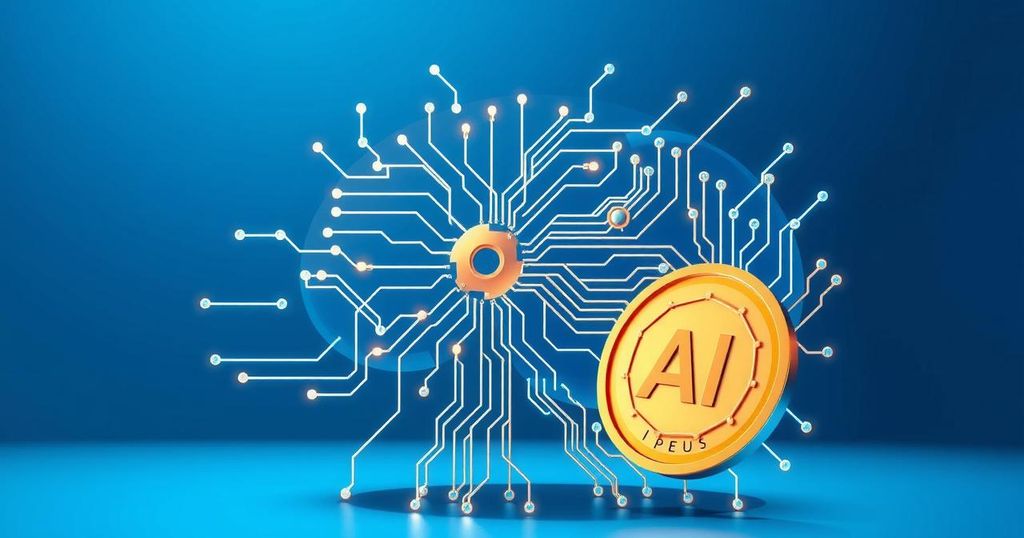AI
ALTMAN, ARTIFICIAL INTELLIGENCE, ASIA, AUTOMOTIVE INDUSTRY, BING, DATA CENTERS, DONALD TRUMP, ENERGY, GOOGLE, GREENHOUSE GAS EMISSIONS, HAY, HAYAO MIYAZAKI, IEA, INTERNATIONAL ENERGY AGENCY, JAPAN, META, MICROSOFT, NORTH AMERICA, OPENAI, SAM ALTMAN, STARGATE, STUDIO GHIBLI, UNITED STATES, US, WHATSAPP
Amina Hassan
0 Comments
Artificial Intelligence Consumes Massive Amounts of Energy: Here’s Why
OpenAI’s CEO admits overwhelming demand for ChatGPT’s new features highlights the massive energy consumption of AI, expected to double global electricity needs by 2030. Data centers will account for nearly 3% of the world’s electricity, with US consumption projected to rise sharply. Initiatives like Stargate and direct connections to nuclear power emphasize the urgency of addressing AI’s environmental impact amidst rapid technological growth.
Artificial intelligence is rapidly advancing, but with it comes a hefty price tag in terms of energy consumption. Just recently, OpenAI’s CEO Sam Altman admitted their systems were overwhelmed. Following the launch of a new image generation feature on ChatGPT, users flocked to try out the ability to create art reminiscent of Studio Ghibli. On March 31, Altman revealed a staggering one million new users joined within an hour, which raised alarms about potential slow service or outages shortly thereafter.
This surge in popularity shines a light on the considerable energy demands of generative AI. According to a recent report by the International Energy Agency (IEA), the electricity consumption by data centers is expected to more than double by 2030. It projects this demand could reach around 945 terawatt-hours, which would actually exceed Japan’s current total electricity usage. By that time, data centers are anticipated to consume nearly 3% of global electricity, and in the US, almost half of the growth in electricity demand from now until 2030 will come from these data centers.
The growth of data centers in the US is staggering. For instance, Donald Trump has launched a massive initiative called Stargate, boasting a whopping $500 billion in funding for the construction of as many as 10 new data centers. In light of the environmental concerns associated with energy use, tech giants like Meta and Microsoft are making moves to connect their data centers to nuclear plants, betting on the success of AI technologies in the near future. With AI already influencing platforms like Bing and WhatsApp, its integration into countless applications raises pressing questions regarding its environmental impact and sustainability.
The implications of all this are significant and complex. As we see AI permeating our lives, it’s hard not to wonder just how it affects the world we live in—especially when energy consumption is at the forefront of discussions about the technology’s future. Time will tell if these efforts will balance the promise of AI with the realities of energy consumption, and what steps will need to be taken to navigate these challenges head-on.
In conclusion, the energy demands of artificial intelligence are already proving to be monumental. As user engagement surges and AI technology advances, projections indicate that power consumption from data centers will skyrocket. With initiatives like Stargate proposed to drive this growth, the race towards sustainable technologies in AI is crucial. The pressing environmental concerns must be addressed amid the excitement surrounding this rapidly evolving field.
Original Source: www.lemonde.fr




Post Comment